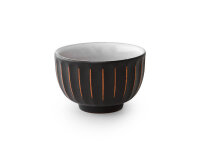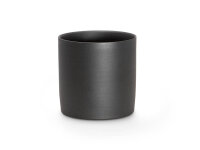Alternative Articles
Related Articles
Others also bought
Similar items





















